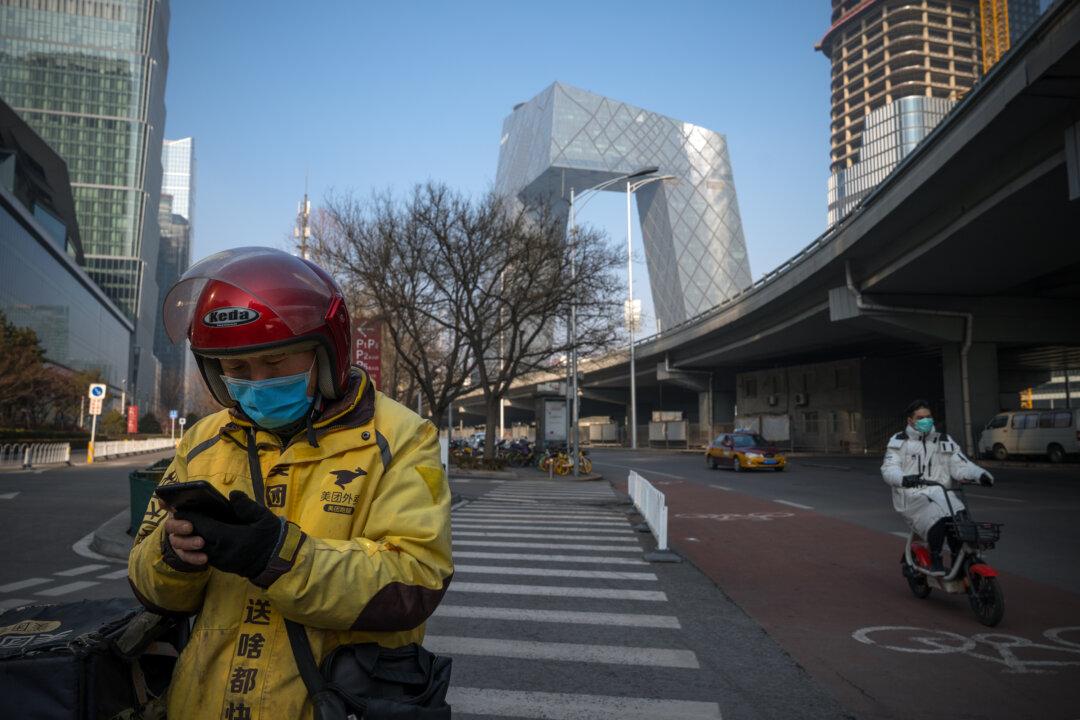News Analysis
The Chinese Communist Party’s highest governing body seems to believe the country is still on track to achieve its 2020 goals despite the current coronavirus (COVID-19) outbreak.

The Chinese Communist Party’s highest governing body seems to believe the country is still on track to achieve its 2020 goals despite the current coronavirus (COVID-19) outbreak.